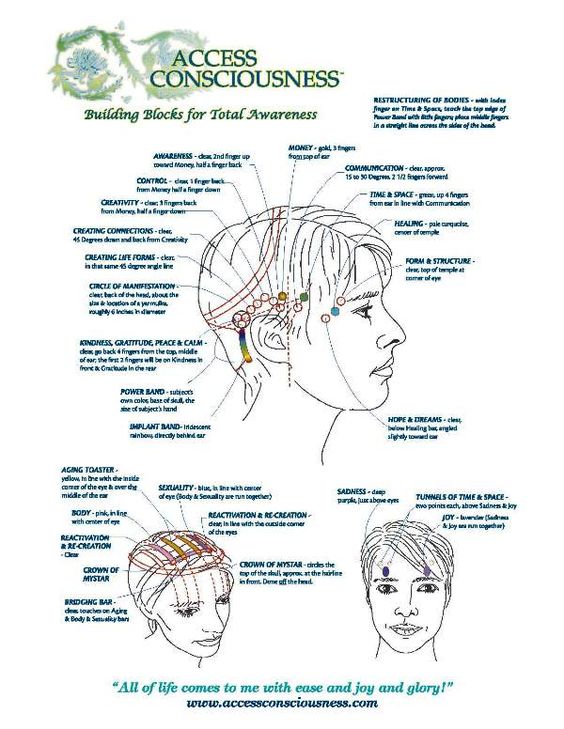
But this is only possible with a clean audit trail, which depends on a well-deployed access control system to accurately collect logs.

Access systems capture the trail of a potential breach, so the company easily finds out who’s at fault.Easy to manage and improvise, unlike a bunch of physical keys which are difficult to manage.No third-party user can gain access to the restricted peripheries or data. Adds an extra layer of security to the company’s data.This allows automatic access to employees including what can they access and under which conditions they’re authorized to access. Increased control and security of data.

If it isn’t already clear, here are the main reasons why companies must use access control: To secure data centers, some systems also incorporate access panels such as alarms and lockdown capabilities to bar unauthorized users from getting access to confidential information. Once the user is authenticated, the system authorizes the appropriate level of access.Īdvanced access control systems use a multi-factor authentication system – verifying a user’s credential in two or more steps.
#Bar access systems install#
Organizations install electronic access control systems which verify user credentials such as card readers, username-passwords, PINs, smart cards, physical security tokens, and/or biometric scans. Logical Access Control: Much like digital access control, logical access control systems (LACS) limits access to virtual places such as computer systems and networks, servers, system files, and data. Physical Access Control: Just as the name implies, physical access control systems (PACS) bars access to physical places such as buildings, rooms, campuses, and other physical IT assets. The two most common types of access control are:

Authentication is verifying the identity of a user while authorization adds a layer of security and determines whether that user should be allowed to access the resources. Both authentication and authorization are inherent components of an access control system. Organizations and companies use access control systems to guarantee that the users are who they say they are, and that they have appropriate access to the company’s resources. The goal is to minimize the risk of a third-party unauthorized user getting access to confidential data. It identifies and authenticates users to access the information they are authorized to see. Access control in a computer environment is a fundamental security measure to regulate who can view and use the resources of an organization.


 0 kommentar(er)
0 kommentar(er)
